#Mesopotamian religions
Text
Κοσμάς Μεγαλομμάτης, Ενλίλ: Παγκόσμια Μυθολογία-1989
Κοσμάς Μεγαλομμάτης, Ενλίλ: Παγκόσμια Μυθολογία, Ελληνική Εκπαιδευτική Εγκυκλοπαίδεια, 1989
Кузьма Мегаломматис, Энлиль: мировая мифология, Греческая педагогическая энциклопедия, 1989
Kosmas Megalommatis, Enlil: Weltmythologie, Griechische Pädagogische Enzyklopädie, 1989
Kosmas Gözübüyükoğlu, Enlil: Dünya Mitolojisi, Yunan Pedagoji Ansiklopedisi, 1989
قزمان ميغالوماتيس، انلیل : اساطیر جهانی، دایره المعارف آموزشی یونانی، 1989
Côme Megalommatis, Enlil: Mythologie mondiale, Encyclopédie pédagogique grecque, 1989
1989 قزمان ميغالوماتيس، إنليل: الأساطير العالمية، الموسوعة التربوية اليونانية،
Cosimo Megalommatis, Enlil: mitologia mondiale, Enciclopedia pedagogica greca, 1989
Cosimo Megalommatis, Enlil: mitología mundial, Enciclopedia pedagógica griega, 1989
Cosmas Megalommatis, Enlil: World Mythology, Greek Pedagogical Encyclopedia, 1989
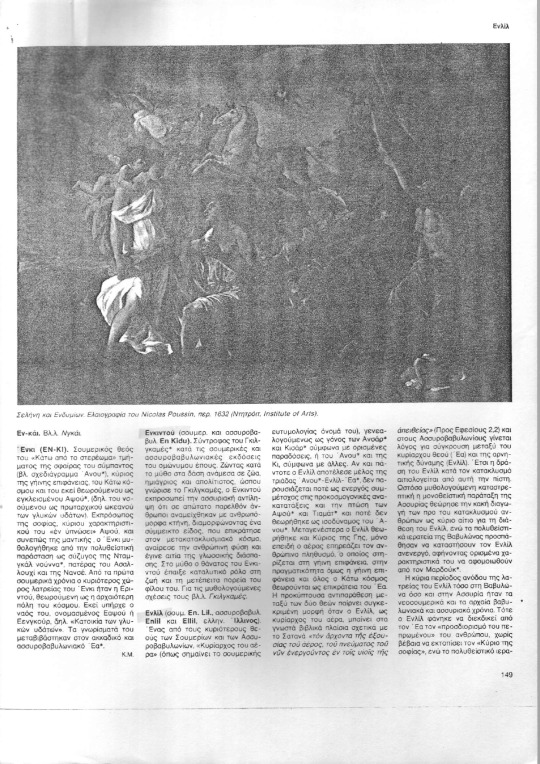
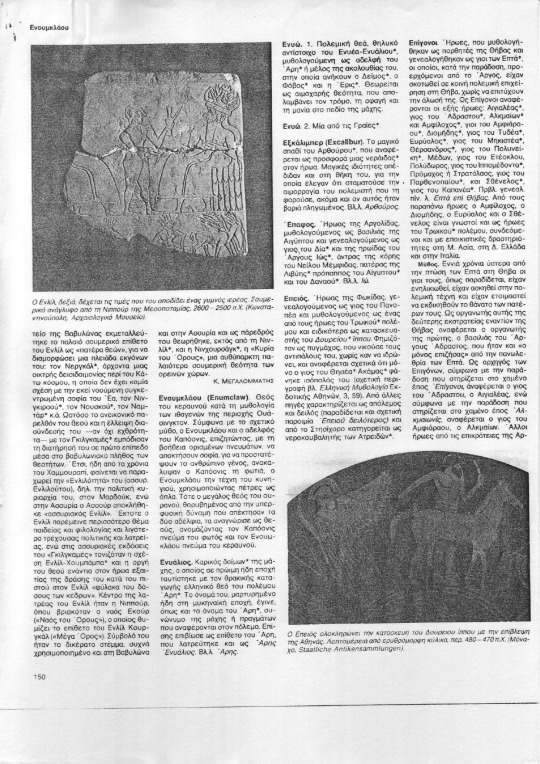
--------------------
Скачать PDF-файл: / PDF-Datei herunterladen: / Télécharger le fichier PDF : / PDF dosyasını indirin: / :PDF قم بتنزيل ملف / Download PDF file: / : یک فایل دانلود کنید / Κατεβάστε το PDF:
#Enlil#Ea#Enki#Anu#Assyrian religions#Assyrian mythology#Babylonian mythology#Sumerian gods#Mesopotamian religions#Ενλίλ#Έα#Άνου#θεοί των Σουμερίων#σουμεριακή μυθολογία#μεσοποταμιακές θρησκείες#βαβυλωνιακή μυθολογία#Νινλίλ
0 notes
Text

Evelyn Paul (1883-1963), 'Bel', ''Myths & Legends of Babylonia & Assyria'' by Lewis Spence, 1916
Source
#evelyn paul#british artists#Babylonian gods#Bel#marduk#Mesopotamian religion#vintage illustration#vintage art#frontispiece
272 notes
·
View notes
Text
💕Goddesses of love💕
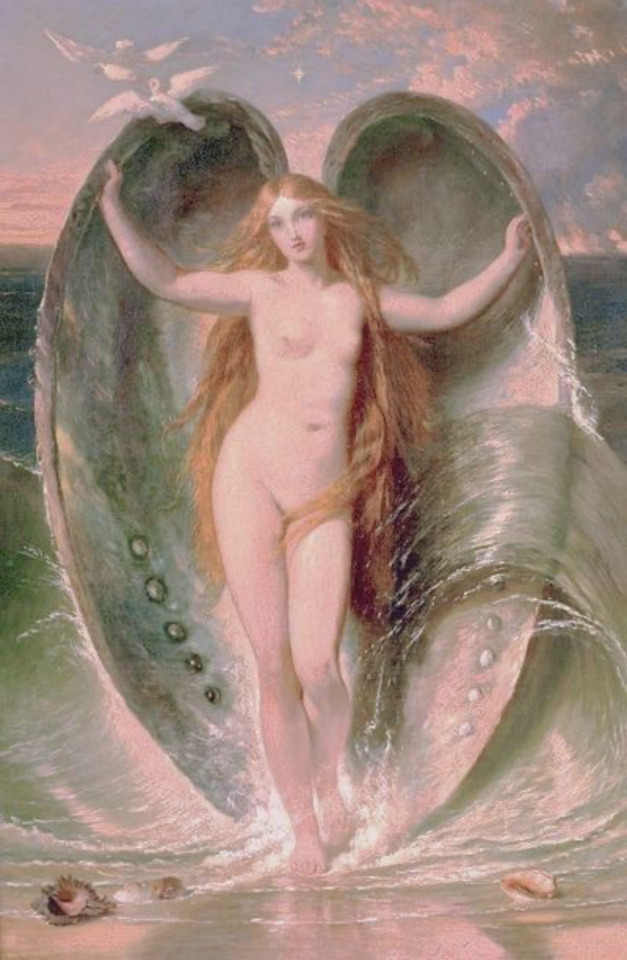
Aphrodite: Greek Goddess of love, beauty, sex and lust.
Aphrodite, the goddess of love and beauty, emerged from the sea in a scallop shell and sailed to Cyprus. She possessed a magical girdle and had many lovers, including Ares and Adonis. Ares killed Adonis out of jealousy, leading to the creation of anemones. Adonis became a god split between the Underworld and Earth due to Aphrodite's love. She travels with the Three Graces and bestows joy, brilliance, and abundance upon mortals. She aids in romantic love and is associated with myrtles, roses, and anemones.
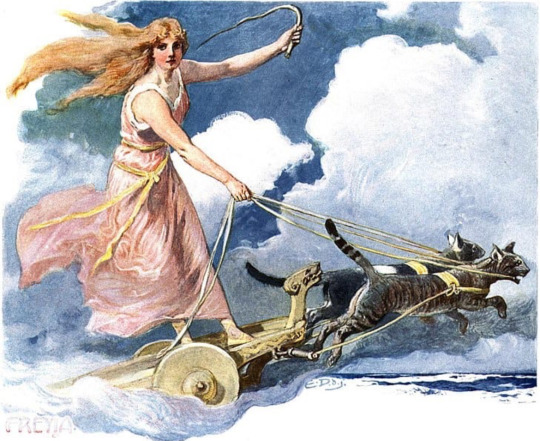
Freya: Norse Goddess of love, war, fertility and magic.
Freya, the Norse goddess of love and ruler of war and death. She mediated conflict between warring groups of Norse gods and established peace in Asgard. She is known for her beauty, sorcery, and sexuality, as well as for riding a cat-drawn golden chariot. Freya wears a falcon-feathered cloak that allows her to move quickly between heaven and Earth and has an enormous palace in Asgard where she celebrates with the souls she chooses from the battlefield. In one myth, she obtains the famous amber necklace, Brisingamen, from four dwarves by sleeping with them, beauty for beauty.
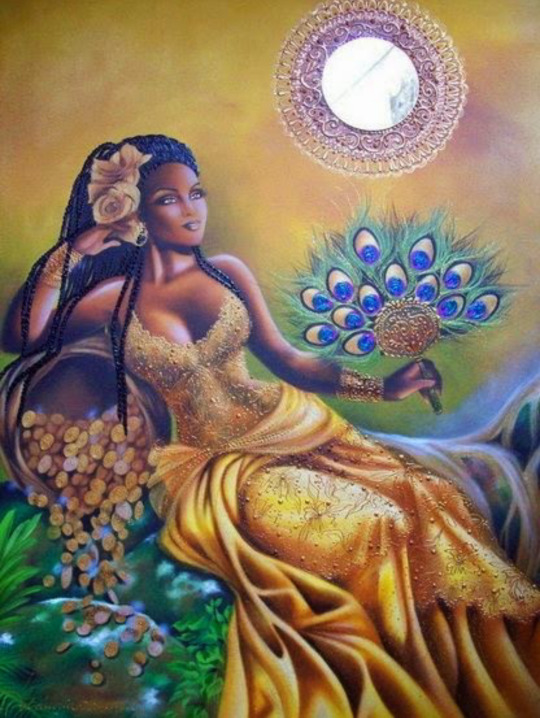
Oshun: African Goddess of love, beauty, prosperity & femininity.
Oshun is a goddess of love in the Yoruba religion. She is one of the 7 orishas and the source of power for all the other orishas. Oshun has the ability to make all things flow in the universe through her love and strength. She played a significant role in encouraging Ogun, father of civilization, to continue creating. Oshun is the only goddess who can carry messages between the mortal world and the Supreme Creator in heaven. In Nigeria, there is an annual ceremony called Ibo-Osun where women dance for Oshun during a feast of yams, with the best dancer winning Oshun's favor and becoming the village adviser on healing and fertility.

Parvati: Hindu Goddess of love, fertility, harmony and motherhood.
Parvati is a golden Hindu goddess known for love and devotion, forming a holy trinity with Saraswati and Lakshmi. She was born in the Himalayan mountains and embodies nurturing feminine energy. Parvati won over her husband, Shiva, through patience and determination in asceticism. Parvati is the creator of her son Ganesha, the elephant-headed god of wisdom. She is also worshiped for her strength and ferocity. In one legend, she transformed into the fearsome goddess Kali-ma to overcome & destroy demons who threaten the earth, showing her protective nature.
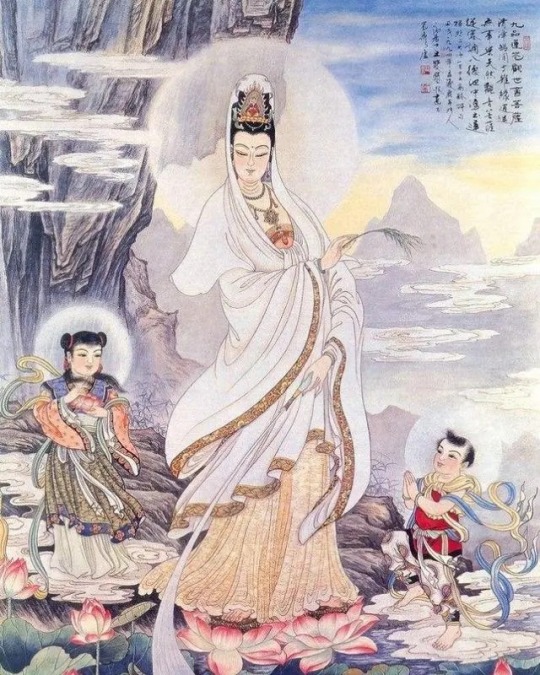
Guan yin: Buddhist Goddess of compassion, love, peace and kindness.
Guan Yin, originally a mortal princess named Miao Shan, was known for her compassion and kindness. Despite her father's cruelty, she devoted herself to helping others and performing miracles. After her death, she chose to remain in human form as a bodhisattva to help suffering beings, eventually becoming a goddess. By simply invoking her name, people can receive protection from harm. Guan Yin is often depicted in a white gown on a lotus throne and is revered by her followers as a symbol of love, compassion & purity. Her devotees often follow her vegetarian diet on her sacred days. Guan yin is not only the goddess of compassion, but the literal personification of it.

Hathor: Egyptian Goddess of fertility, love, womanhood and the sky.
Hathor, ancient Egyptian goddess of love and joy, has been revered for over 3,000 years. Known as the Gentle Cow of Heaven, she provided milk to the Sun God Ra, making him and other pharaohs divine. Hathor created the Milky Way and is often depicted wearing a crown with cow horns. She is worshipped through joyful ceremonies of music and dance and is the most beloved goddess in ancient Egyptian belief. Hathor is also the goddess of the Underworld, protector of females, and champion of romantic bonds. She can appear in different forms and her symbols are the sistrum and hand mirror.

Laka: Hawaiian Goddess of love, wilderness, the hula & music.
Laka is a Polynesian goddess of love and wilderness who taught humans the art of the hula dance. She is married to the fertility god Lono, and rain is considered a sacred time for them. Dancers in training build altars to Laka with her favorite flowers and plants, and offerings are taken down to the ocean after performances to thank her for her blessing. She is a Goddess who rules over all vegetation. Plants sacred to her are: maile, Lama, hala pepe, `ie`ie, ki, `ôhia lehua, `ôhelo, and palai.
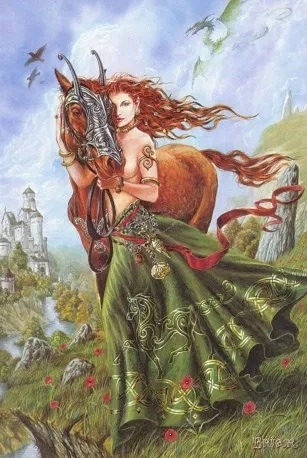
Aine: Irish Goddess of the summer, love, wealth and light.
Áine is a powerful and loving fairy queen in Irish legend, associated with agriculture, animals, and light. She is celebrated at the Midsummer Festival in Limerick, where people run up her hill to seek her blessing. She is also a survivor of sexual abuse in legends, where she shows strength and guides women to empowerment. Áine is depicted with red hair, a headband of stars, and surrounded by her animals. She can transform into a red mare who is unbeatable in speed.
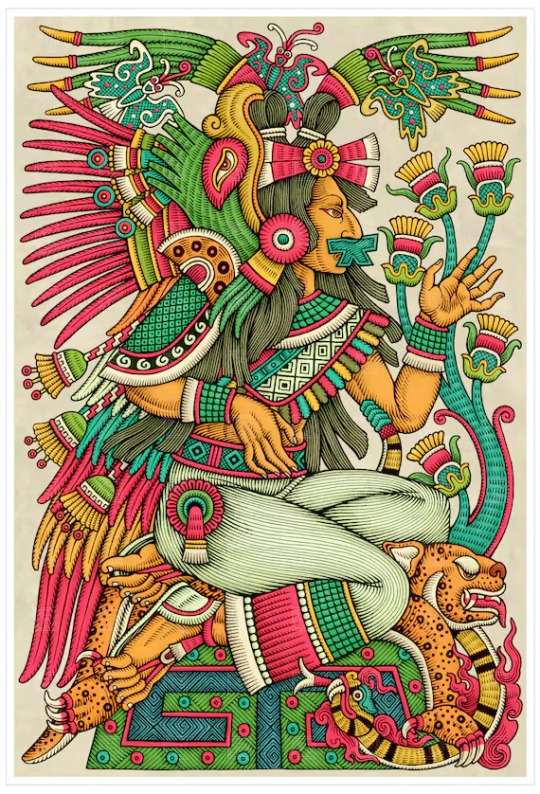
Xochiquetzal: Aztec Goddess of fertility, beauty, flowers and love.
Xochiquetzal was a powerful and complex Aztec goddess known for her beauty and seductive nature. She was worshipped as a patroness of lovers and prostitutes, encouraging love-making for pleasure rather than reproduction. Despite her associations with sexual relationships, she also had the ability to absolve humans of sins unrelated to sex. She was married to the water god, Tlaloc, and was considered a consort to the creator deity, Tezcatlipoca. Xochiquetzal was widely worshipped and honored through great rituals that included acts of sacrifice and confessions.

Ishtar: Mesopotamian Goddess of love, war, fertility and power.
One of the oldest goddesses in the world, Ishtar, the goddess of war and sexual love, was the queen of heaven. Ishtar is considered a member of the special class of Mesopotamian gods called the Anunnaki. Ishtar is often called Inanna, she is also an astral deity, linked to the planet Venus, and was worshipped widely in the ancient Middle East. She was known as the Queen of the Universe and had powers attributed to various other gods. Ishtar was the very first goddess of love, Mesopotamians described her in her many legends and poems as young and strikingly beautiful, with piercing, penetrating eyes.
#Religion#hindu mythology#hinduism#chinese mythology#irish mythology#greek deities#greek goddesses#greek mythology#norse paganism#norse mythology#greek paganism#buddhism#paganism#deities#goddesses#Parvati#ishtar#mesopotamian#aztec mythology#Xochiquetzal#aine#Laka#hawaiian mythology#Polynesian#egyptian mythology#hathor#Oshun#Yoruba#african mythology#lotus-list
96 notes
·
View notes
Text

Judith holding the Head of Holofernes by Jean-François Godefroy
#judith#holofernes#art#jean françois godefroy#judith and holofernes#biblical#bible#assyrian#assyria#general#book of judith#bethulia#siege#war#camp#tent#city#religion#religious art#christianity#christian#jewish#nineveh#nebuchadnezzar#mesopotamia#mesopotamian#sword#helmet#shield#heroine
110 notes
·
View notes
Text
𒀭𒈹, The Queen of Heaven
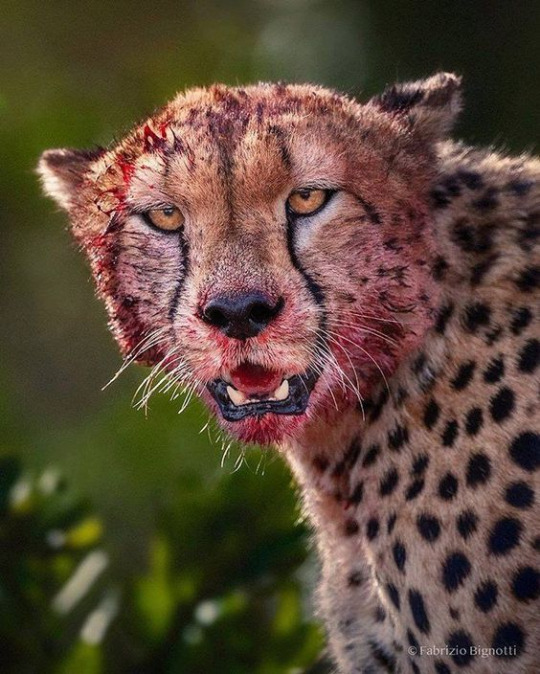

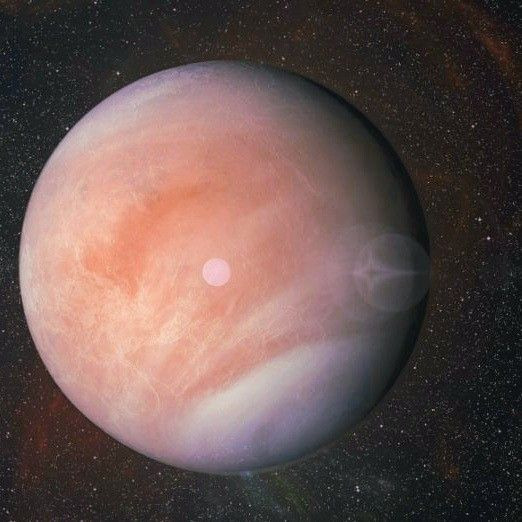



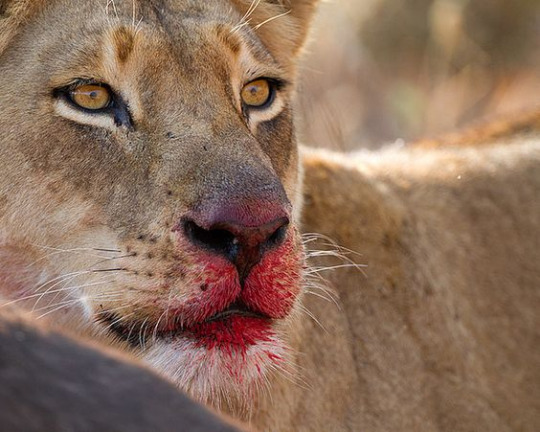
"She stirs confusion and chaos against those who are disobedient to her, speeding carnage and inciting the devastating flood, clothed in terrifying radiance. It is her game to speed conflict and battle, untiring, strapping on her sandals."
110 notes
·
View notes
Text
📚Resources for The Ancient Near East📚
With a focus on religion
Getting Started On Research
JSTOR Guide LINK
Lumenlearning Guide LINK
Center for Online Education Guide LINK
Layman's Guide to Online Research by @/sisterofiris LINK
How to Vet Sources by me LINK
Websites for ANE Study
ETCSL | The Electronic Text Corpus of Sumerian Literature — http://etcsl.orinst.ox.ac.uk/catalogue.htm
ePSD | The Electronic Pennsylvania Sumerian Dictionary — http://psd.museum.upenn.edu/epsd-frame.html
ORACC | Open Richly Annotated Cuneiform Corpus — http://oracc.museum.upenn.edu/
ORACC's Mesopotamian Gods and Goddesses Project — http://oracc.iaas.upenn.edu/amgg/abouttheproject/index.html
ETANA | Electronic Tools & Ancient Near East Archive — http://etana.org/
CDLI | Cuneiform Digital Library Initiative — https://cdli.mpiwg-berlin.mpg.de/about
CAD | The Assyrian Dictionary of the Oriental Institute of the University of Chicago — http://www.aina.org/cad.html
Livius' Babylonian Section — https://www.livius.org/category/babylonia/
Multi Source Websites
Internet Archive Library — https://archive.org/details/texts | How To Use LINK
JSTOR — https://www.jstor.org/ | How To Use LINK
Google Scholar — https://scholar.google.com/intl/en/scholar/help.html
Google Books — https://books.google.com/googlebooks/about/index.html
Academia — https://support.academia.edu/hc/en-us/categories/360003163373-Academia-Free-Features
DOAJ Index of Open Access Journals — https://www.doaj.org/
Internet Ancient History Sourcebook — https://sourcebooks.fordham.edu/ancient/asbook.asp
Met Museum Publications — https://www.metmuseum.org/met-publications
Holy Books — https://www.holybooks.com/about/
Internet Sacred Text Archive — https://sacred-texts.com/
Deepdyve is a website of academic journal articles that isn't free but it isn't outrageously expensive for what it offers if you are heavily invested in new research — https://www.deepdyve.com/
Please leave a comment if a link breaks I'll do my best to find a new one
I'm planning to probably break these down into their own post due to link limit!
Books
*When using older books be aware that there may be inaccuracies and out of date information. If at all possible cross-reference and synthesize with newer materials. I have added years for this reason.
Books Specifically on Religion
Introduction to Ancient Mesopotamian Religion by Tammi Schneider (2011) Google Books | Good overview, 130ish page easy read.
Gods Demons and Symbols of Ancient Mesopotamia by Jeremy Black and Anthony Greene (1992) Internet Archive
Ancient Near Eastern Mythology by Gwendolyn Leick (1991) Internet Archive | This & Black's dictionary are good starting off points but I always use additional source's because some of Leick's info tends to be more out of date than other authors.
The Ancient Gods by E O James (1960) Internet Archive
The Cultic Calendars of the Ancient Near East by Mark Cohen (1993) PDF
Preforming Death Social Analysis of Funerary Traditions in the Ancient Near East and Medditarian edited by Nicola Laneri (2007) PDF
Mesopotamian Ritual-prayers of “Hand-lifting”(Akkadian Šuillas) by Christopher G Frechette Internet Archive
When Gods Were Men: The Embodied God in Biblical and Near Eastern Literature by Esther Hamon Internet Archive
Stories From Ancient Canaan by Michael D. Coogan and Mark S. Smith (1901) 1st Edition Internet Archive | 2nd Edition Google Books
A Handbook to Gods and Goddesses of the Ancient Near East (2021) Google Books
The City of the Moon God by Tamara Green (1992) Google Books
The Myth of Sacred Prostitution in Antiquity by Stephanie Lynn Budin (2008) Google Books
Books on ANE History in General
Handbook to Life in Ancient Mesopotamia by Stephen Bertman (2005) Google Books | Highly recommended, easy read
Ancient Mesopotamia Portrait of Dead Civilization by A. Leo Oppenheim (1964) Internet Archive
A History of the Ancient Near East ca. 3000- 323BC by Marc Van de Mieroop (2016) Internet Archive
Everyday Life in Ancient Mesopotamia by Jean Bottero (1992) Internet Archive
Women in the Ancient Near East by Marten Stol (2016) Open Access
Chapter 3 Elamite from The Cambridge Encyclopedia of Ancient World Languages edited by Roger Wooard (2004) PDF
Sumerian Art by Andre Parrot (1970) Digital Library
Dictionaries of Civilization Mesopotamia: Assyrians, Sumerians, Babylonians by Enrico Ascalone and Simona Schultz (2007) Publisher Website Entry
The Greek Magical Papyri in Translation, Including the Demotic Spells edited by Hans Dieter Betz PDF (If that link breaks Google Books)
Babylon: Mesopotamia and The Birth of Civilization by Paul Kriwaczek (2012) Google Books
Daily Life in Ancient Mesopotamia by Karen Rhea Nemet-Nejat (2002) Google Books
Mesopotamia to Iraq A Concise History by Hans Nissen (2009) Google Books
In the Land of A Thousand Gods: A History of Asia Minor in the Ancient World by Christian Marek (2016) Google Books
Mesopotamia: The Invention of the City by Gwendolyn Leick (2002) Google Books
Palmyra by Paul Veyne (2017) Google Books
The Ancient Near East c. 3000-330 BC Volume 1 by Amélie Kuhrt (1995) Google Books
The Ancient Near East c. 3000-330 BC Volume 2 by Amélie Kuhrt (1995) Google Books
The Image of the Netherworld in the Sumerian Sources by Diana Katz (2003) Google Books
Journal Articles
Mesopotamian Pandemonium by Frans Wiggermann LINK
Nergal A by Frans Wiggerman LINK
The Four Winds and the Origins of Pazuzu by Frans Wiggermann LINK
Sumerian Texts Involving The Netherworld and Funerary Offerings by Jeremiah Peterson LINK
The Sexual Union of Enlil and Ninlil: an uadi Composition of Ninlil by Jeremiah Peterson LINK
New Year Ceremonies in Ancient Babylon: 'Taking Bel by the Hand' and a Cultic Picnic Religion Jeremy A Black LINK
Phenomenon of God-nap in Ancient Mesopotamia A Short Introduction Erika D. Johnson LINK
Preforming Death Social Analysis of Funerary Traditions in the Ancient Near East and Medditarian edited by Nicola Laneri LINK
Tablet of Destinies and the Transmission of Power in Enūma eliš by Karen Sonik LINK
Theology and Worship in Elam and Achaemenid Iran by Koch LINK
Evil against evil. The Demon Pazuzu by Nils P Heeßel LINK
New Readings in the Amarna Versions of Adapa and Nergal and Ereshkigal by Shlomo Izre'el LINK
The Origin of the Mystical Number Seven in Mesopotamian Culture: Division by Seven in the Sexagesimal Number System by Kazuo Muroi LINK
Athirat: As Found at Ras Shamra Justin Watkins LINK
Two Remarkable Vocabularies: Amorite-Akkadian Bilinguals! by Andrew George, Manfred Krebernik. Unfortunately now I can only find a paywalled version.
From Beyond Ereškigal? Mesopotamian Magic Tradition in the Papyri Graecae Magicae by Daniel Schwemer LINK
The Phoenician Presence in the Aegean during the Early Iron Age : Trade, Settlement and Cultural Interaction by Edizioni Quasar LINK
Invoking the God: Interpreting Invocations in Mesopotamian Prayers and Biblical Laments of the Individual by Alan Lenzi LINK
The Two Steles of Sargon: Iconology and Visual Propaganda at the Beginning of Royal Akkadian Relief by Lorenzo Nigro LINK
Asherah, the West Semitic Goddess of Spinning and Weaving? Susan Ackerman LINK
Ancient Ethics by Gerald Larue LINK
Early Bronze Age Graves at Gre Virike (Period II B): An Extraordinary Cemetery on the Middle Euphrates by A. Tuba Ökse LINK
The Evil Eye in Mesopotamia by Marie-Louise Thomsen LINK
Web Articles
Living Deities: Ancient Mesopotamian Patron Gods & Their Statues by Iilias Luursema on The Collector LINK
Armana Letters by Elizabeth Knott on Met Museum. LINK
Translations
*ETCSL is all translations of Sumerian literature!
Ishtar's Decent Translation & Recited in Akkadian LINK
The Harps That Once by Thorkild Jacobsen Google Books
The Project Gutenberg Sumerian Liturgies and Psalms by Stephen Langdon PDF
Project Gutenberg's Sumerian Hymns, by Frederick Augustus Vanderburgh LINK
Ancient Near East Anthology of Texts and Pictures edited by Pritchard 1st Edition Internet Archive
A Hymn to Tammuz (Cuneiform Texts from the British Museum, Tablet 15821, Plate 18) J. Dyneley Prince (1909) JSTOR
Ludlul Bel Nemegi by Alan Lenzi the Akkadian "Poem of the Righteous Sufferer" LINK
The Flood Myths LINK
Enūma Eliš Translations: L W King Translation 1902 LINK | ETANA Translation LINK | Composite Translation LINK
Code of Ur-Nammu LINK
Code of Liptin Ishtar LINK
The Legend of Sargon of Akkadê, c. 2300 BCE LINK
Other
Google Drive shared on Tumblr LINK
Dissertation: Personal Religion in Ancient Mesopotamia as shown in Akkadian Texts by Maurice Noil Leon Couve De Murville, University of London PDF
#sumerian#assyrian#akkadian#ancient near east#ane#assyria#akkad#mesopotamia#mesopotamian#resources#sources#books#michibooks#middle east#religion#history#ancient history#journal articles#research#polytheism#paganism#landof2rivers#sourcing#i will not add written by pagans for pagams#because they are all awful and willfully ignorant at best#and anything written by a jungian analyst can fuck off#large resource
30 notes
·
View notes
Text
The Lion of Mari, from Syria (Mesopotamia) c.1782-1759 BCE: this is one of two lion statues that once guarded the entrance to a temple in ancient Mari; the lions were partially crushed when Hammurabi laid waste to the city in 1759 BCE
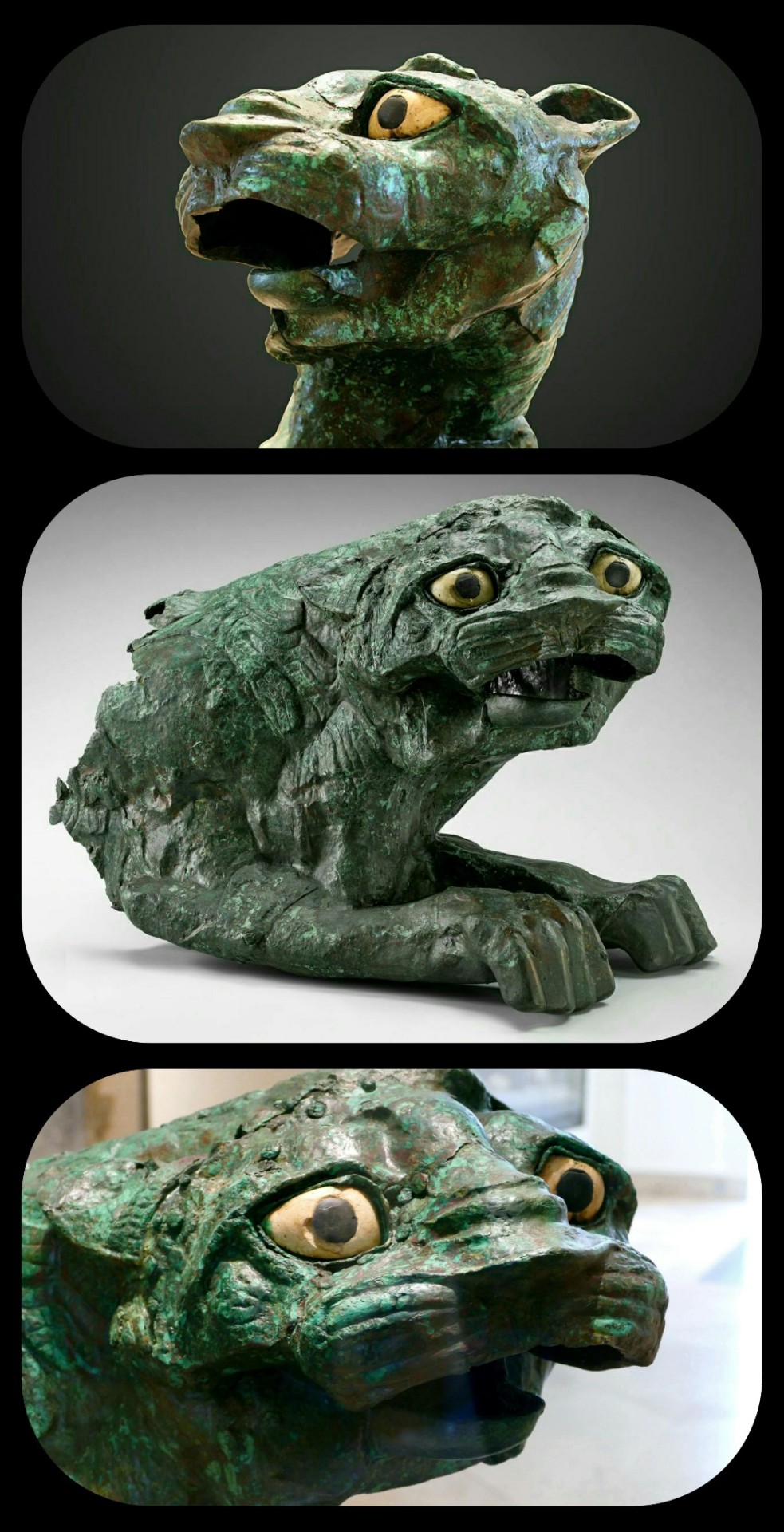
That's a pretty fitting expression, given the circumstances
Together, the two lion statues that were found at the ruined temple are known as the "Lions of Mari." They were unearthed from the ruins at Tell Hariri, where the ancient city-state of Mari once stood; this site is located near the border between modern-day Syria and Iraq.
The lions were likely designed as protomes, given their lack of hindquarters. They were originally stationed on either side of the entrance to the temple, so they are often described as the "temple guardians."

This is the same statue that appears in the first three photos, just seen from a different angle
It's believed that the temple at this site was originally built in honor of a West Semitic deity known as Dagan. Dagan was the chief deity of the Mariote pantheon; he was a particularly prominent figure in the middle and upper regions of the Euphrates, with cult centers in Mari, Terqa, Tuttul, and Ebla, but he was known throughout many parts of the ancient Near East.

The lion is primarily made of copper, with limestone and shale inlay for the eyes, and it measures 53cm tall, 77.5cm long, and 43cm wide, weighing roughly 55kg (about 21in x 30.5in x 17in, with a weight of 121lbs)
The Lions of Mari were partially crushed when their temple was destroyed (along with the rest of Mari) by Hammurabi's forces in 1759 BCE, leaving the statues badly warped...which is why they look really upset.
It's hard to find high-quality photos of the second lion, but he does have a particularly distinctive appearance:

This second lion was most recently housed at the National Museum of Aleppo, in Syria, though its current location/status (in the aftermath of the Syrian Civil War) remains unclear.
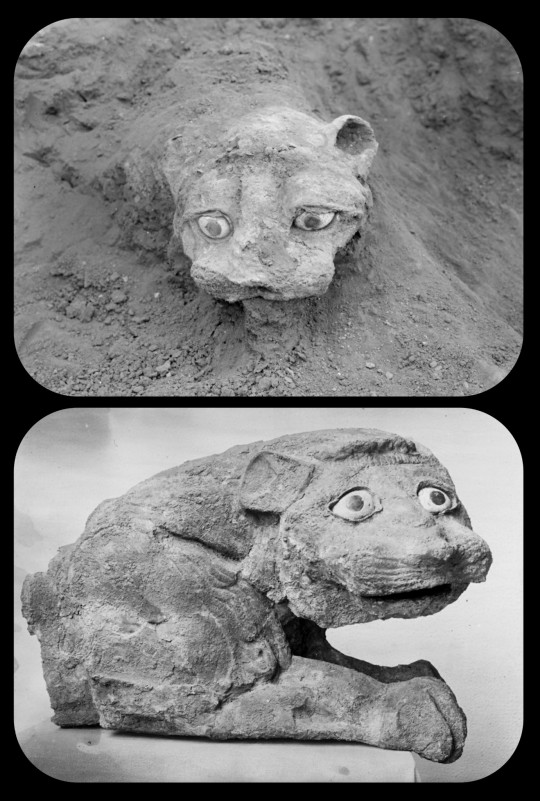
These photographs were taken during the original excavations at the ruined temple; they depict the first lion statue as it was still being unearthed (top) and the second statue shortly after it was removed (bottom)
Sources & More Info:
The Louvre: Lion of Mari
Archeologie.culture.fr: Lion Protome
Archeologie.culture.fr: Detailed Information about Ancient Mari
Virtual Museum Syria: Lion Sculpture
#archaeology#history#artifact#ancient history#art#mari#ancient temple#Syria#mesopotamia#Temple of the Lions#mesopotamian religion#ruins#hammurabi#Tell Hariri#middle east#lion#mesopotamian art#syrian archaeology#paganism#that first lion looks exactly like the way I feel
58 notes
·
View notes
Text
Less Lilith Appropriation...
More Lamashtu Appreciation!
🩸💙🐍🦁🐍💙🩸

~ Image Credit ~
#lamashtu#lilith#demonolatry#demonology#appropriation#cultural appropriation#stop appropriating lilith#mesopotamia#mesopotamian religion#sumer#ancient mesopotamia#hail lamashtu#i actually love lamashtu so much asdfghj#paganism#daimonic paganism#deities#mythology#goddess worship#demons#pagan#demonic entity#mesopotamian deities are literally the coolest fffff-
53 notes
·
View notes
Text
I FUCKING HATE THE CHRISTIAN AND ANTI CHRISTIAN RADICAL FEMINIST APPROPRIATION OF LILITH GRRRRR
#Lilith is NOT PART OF THE BIBLE. and no her story wasn't removed from the Bible because of the patriarchy or whatever.#she is not CHRISTIAN. she is a part of JEWISH APOCRYPHA that predates judaism because she is first recorded as a MESOPOTAMIAN BIRD DEMON#lilith#judaism#She is not some Radfem checkmate for why Abrahamic religions are patriarchal or whatever the Hell#because even a look at Wikipedia can tell you that Adam and Lilith getting into a spat over who should Dom is the dumbed down version#the more you study it the more weird shit you find that doesnt fit modern Christian lore at all
3 notes
·
View notes
Text
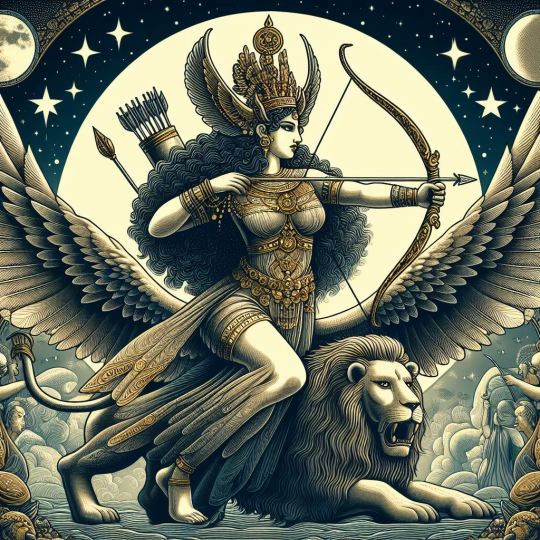
Ishtar
5 notes
·
View notes
Text
youtube
#religion#history#spirituality#mesopotamia#mesopotamian religion#mesopotamian mythology#annunaki#Youtube
23 notes
·
View notes
Text
Cosmas Megalommatis, Ninurta (or Ningirsu or Ninib): World Mythology
Κοσμάς Μεγαλομμάτης, Νινούρτα: Παγκόσμια Μυθολογία, Ελληνική Εκπαιδευτική Εγκυκλοπαίδεια, 1989
Кузьма Мегаломматис, Нинурта (или Ниниб): мировая мифология, Греческая педагогическая энциклопедия, 1989
Kosmas Megalommatis, Ninurta: Weltmythologie, Griechische Pädagogische Enzyklopädie, 1989
Kosmas Gözübüyükoğlu, Ninurta (veya Ningirsu): Dünya Mitolojisi, Yunan Pedagoji Ansiklopedisi, 1989
قزمان ميغالوماتيس، نینورتا : اساطیر جهانی، دایره المعارف آموزشی یونانی، 1989
Côme Megalommatis, Ninurta: Mythologie mondiale, Encyclopédie pédagogique grecque, 1989
1989 قزمان ميغالوماتيس، نينورتا : الأساطير العالمية، الموسوعة التربوية اليونانية،
Cosimo Megalommatis, Ninurta: mitologia mondiale, Enciclopedia pedagogica greca, 1989
Cosimo Megalommatis, Ninurta: mitología mundial, Enciclopedia pedagógica griega, 1989
Cosmas Megalommatis, Ninurta (or Ningirsu or Ninib): World Mythology, Greek Pedagogical Encyclopedia, 1989
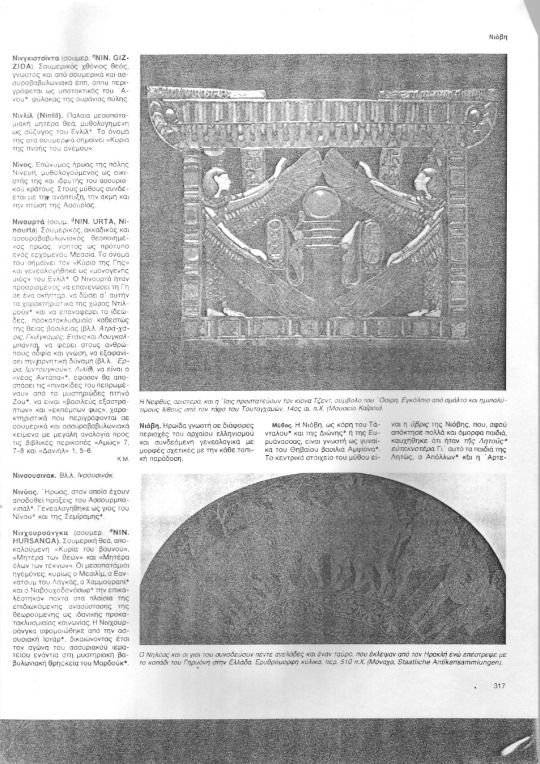
-----------------
Скачать PDF-файл: / PDF-Datei herunterladen: / Télécharger le fichier PDF : / PDF dosyasını indirin: / :PDF قم بتنزيل ملف / Download PDF file: / : یک فایل دانلود کنید / Κατεβάστε το PDF:
#Ninurta#Ningirsu#Ninib#Assyrian Messianism#Messianism#babylonian mythology#Mesopotamian religions#Νινούρτα#Ετάνα#Νινγκιρσού#Μεσσιανισμός#ασσυριακός μονοθεϊσμός#ασσυριακή θρησκεία#ασσυριακός μεσσιανισμός#Νινίμπ#Ιστάρ
0 notes
Text

Evelyn Paul (1883-1963), ''Myths & Legends of Babylonia & Assyria'' by Lewis Spence, 1916
"Mighty was he to look upon when he set forth for the combat. His great bow he bore upon his back ; he swung his massive club triumphantly. He set the lightning before him ; he filled his body with swiftness ; and he framed a great net to enclose the dragon of the sea. Then with a word he created terrible winds and tempests, whirlwinds, storms, seven in all, for the confounding of Tiawath. The hurricane was his weapon, and he rode in the chariot of destiny. His helm blazed with terror and awful was his aspect. The steeds which were yoked to his chariot rushed rapidly towards the abyss, their mouths frothing with venomous foam. Followed by all the good wishes of the gods, Merodach fared forth that day."
....
"Merodach reproached Tiawath for her rebellion and ended by challenging her to combat. Like the dragons of all time, Tiawath appears to have been versed in magic and hurled the most potent incantations against her adversary. She cast many a spell. But Merodach, unawed by this, threw over her his great net, and caused an evil wind which he had sent on before him to blow on her, so that she might not close her mouth. The tempest rushed between her jaws and held them open ; it entered her body and racked her frame. Merodach swung his club on high, and with a mighty blow shattered her great flank and slew her. Down he cast her corpse and stood upon it ; then he cut out her evil heart. Finally he overthrew the host of monsters which had followed her, so that at length they trembled, turned, and fled in headlong rout. These also he caught in his net and " kept them in bondage."
Source
35 notes
·
View notes
Text
💀Goddesses of death💀

Ereshkigal: Mesopotamian goddess of death, the dead, and the underworld.
Ereshkigal is the queen of the underworld, the keeper of balance, the punisher of evil & maintains order against chaos. She may have also been associated with the earth & the waters of life in Mesopotamian legend. She was associated with the city of Kutha and featured in the myth of Inanna's Descent to the Underworld. She was also connected to other deities such as Nergal, Ninazu, and Ningishzida. Ereshkigal was said to be the sister of Inanna.

Oya: African Goddess/orisha of death, storms, winds & thunder.
Oya is a powerful goddess/orisha in Nigeria who controls storms and death and is married to the thunder god, Shango. She is a shape-shifter who often appears as a mortal woman or animal while overseeing justice and bringing sudden change. She is also a guardian of women and the dead, able to call forth death or delay it. Oya is associated with rebirth and magic, and her favorite colors are maroon and copper.

The Keres: Greek goddesses of Death, bloodshed & violence.
The Keres were female death spirits and goddesses who personified violent death. They were drawn to bloody, intense deaths on battlefields and were daughters of Nyx, Goddess of Night. They did not have the power to kill but would wait and then feast on the dead. They were described as dark beings with gnashing teeth & claws, with a thirst for human blood. They would hover over the battlefield and search for dying/ wounded men.
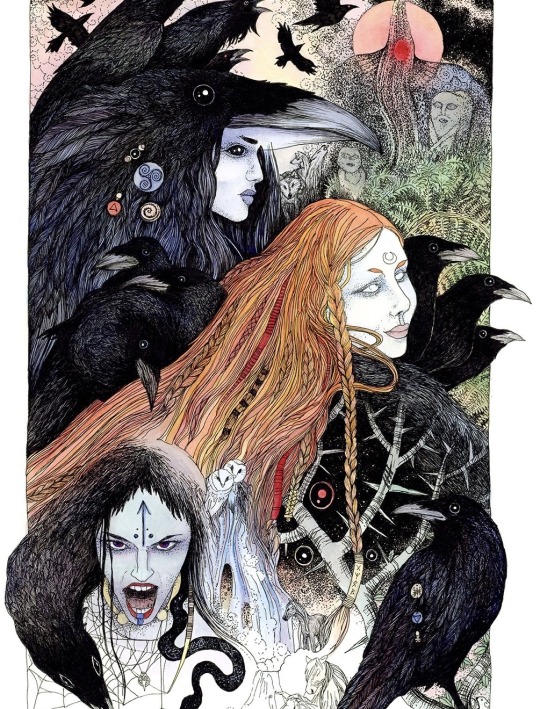
The Morrigan: Irish Goddess of death, fate, war & sovereignty.
The Morrígan, also called the Phantom Queen, is a bewitching goddess associated with war and fate, often appearing as a crow, encouraging bravery and strength in battle, & foretells doom or victory. The Morrígan is often described as a trio of sisters, representing the goddess's role as a guardian and warrior. She can appear in many forms like an old woman, a crow, a beautiful sorceress, or a fearsome creature.
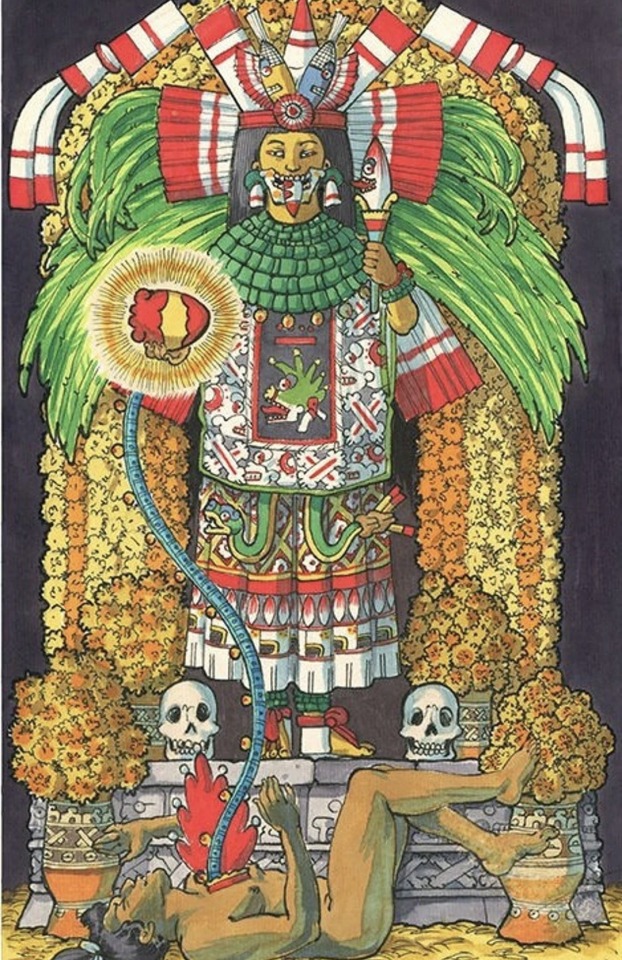
Mictecacihuatl: Aztec Goddess of death & the underworld.
Also known as the Lady of the Dead, Alongside Mictlantecuhtli, her consort, she rules over Mictlán, the lowest Aztec underworld realm. She guides the departed souls on their transformative journey from life to the afterlife and embodies the profound duality of existence. The Dia de los Muertos is a vibrant festival that allows families to honor deceased loved ones with ofrendas and calavera imagery, inspired by Mictecacihuatl, who is now called Santa La muerte.

Kali-ma: Hindu Goddess of destruction, death, change & time.
Kali-ma is the wrathful & protective force of Shakti (energy), She's a caring mother to her devotees/innocent people and the destroyer of evil, she expresses the dual nature of the destruction that must come before new beginnings. Kali ma embodies the power of all, transcending good & evil to protect her people against negativity. Kali ma is Mother Nature, primordial, nurturing, and devouring, She is vested in freeing beings, granting salvation.
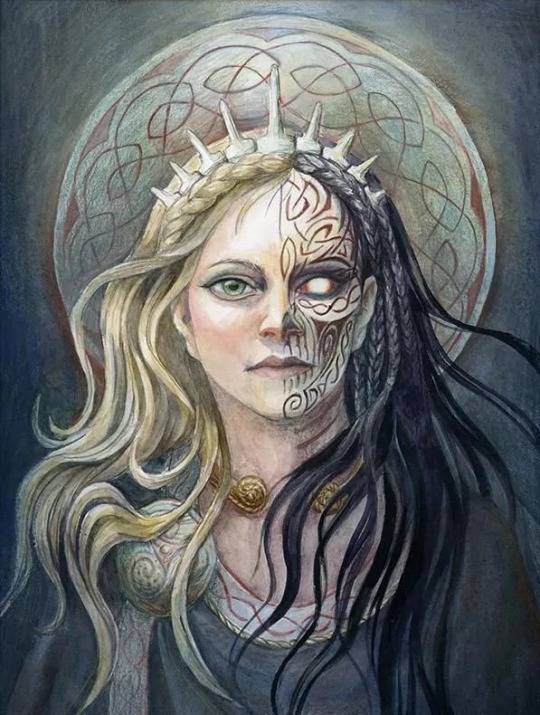
Hel: Norse Goddess of death, the underworld & decay.
Hel, the half living and half dead goddess, is one of Loki's children, and rules over the realm of the dead, she mostly receives those who died of illness or old age in her realm. Hel is often depicted as a fearsome figure, and in Her realm, Helheim, is considered one of the nine worlds in Norse cosmology and is located in the lowest part of the universe. In the events of Ragnarok, Hel plays a crucial role. It is foretold that she will lead an army of the dead to fight against the gods.
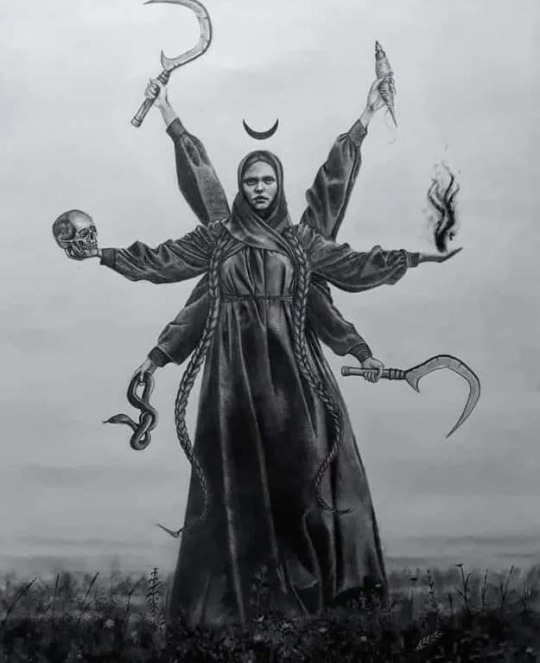
Morana: Slavic Goddess of death, winter, magic & dreams.
Morana is a Slavic goddess associated with seasonal agrarian rites based on the idea of death and rebirth of nature. the death of Morana at the end of winter becomes the rebirth of Spring of the Goddess Vesna, representing the coming of Spring, joy & life. She is still worshipped to this day and is often described as a vengeful, powerful goddess. She is married to the spring/love God Yarilo but their relationship is not seen as healthy.
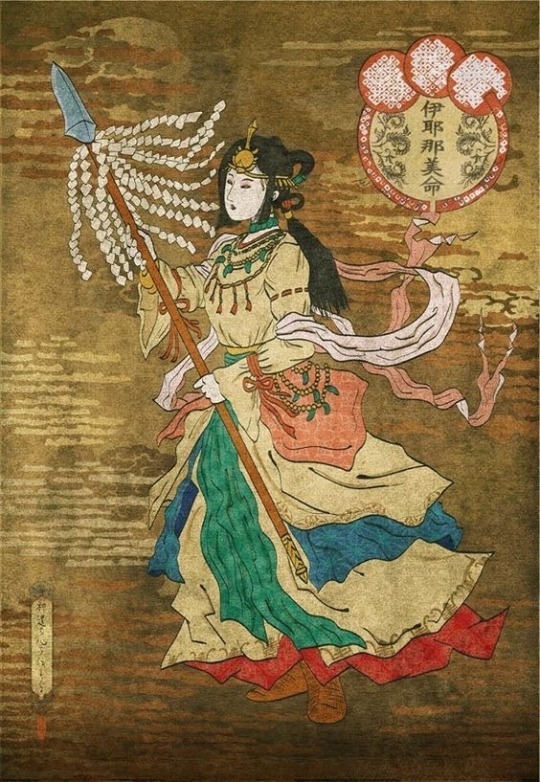
Izanami: Japanese Goddess of Death, darkness & creation.
Izanami is a Shintō creation mother goddess who became the Japanese goddess of death after she died while giving birth. Her name, Izanami, means ''the female who invites.''. She can create many lands and other divine beings, has the power of death and could command gods/spirits of the underworld. Izanami & Izanagi are the creators of the Japanese archipelago and the creators of the powerful deities Amaterasu, Tsukuyomi, and Susanoo.
#religion#religions#mesopotamian#mesopotamian mythology#african mythology#greek mythology#Hellenism#irish mythology#celtic mythology#aztec mythology#Hinduism#hindu mythology#indian mythology#norse mythology#slavic mythology#japanese mythology#Shinto#goddesses#Ereshkigal#oya#the keres#the morrigan#morrigan#Mictecacihuatl#Kali ma#hel#morana#Izanami#Shakti#lotus list
16 notes
·
View notes
Note

WHAT THE FUCK HELLO????
7 notes
·
View notes
Text
The Ishtar Gate
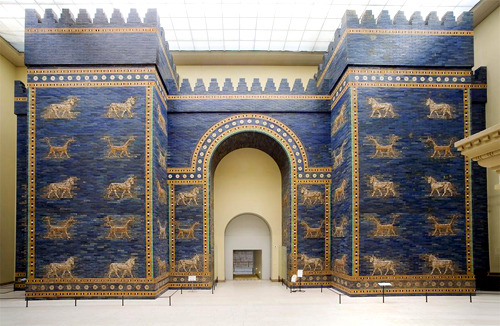


The Ishtar Gate was the 8th gate to inner Babylonia, modern-day Iraq. It was constructed in devotion to Ishtar and made to look like lapis lazuli and features lions, Mušḫuššu, and bulls to symbolize Ishtar, Marduk, and Adad. During the New Year, the Babylonians would parade statues of the gods through the Gate.

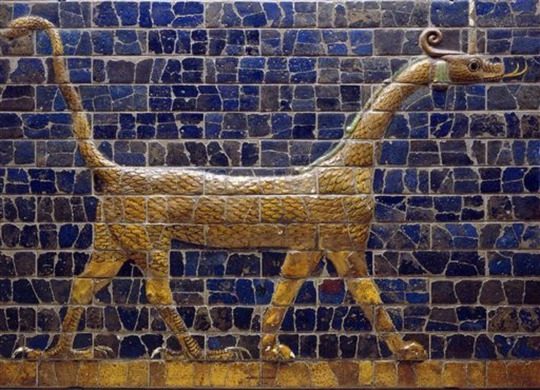
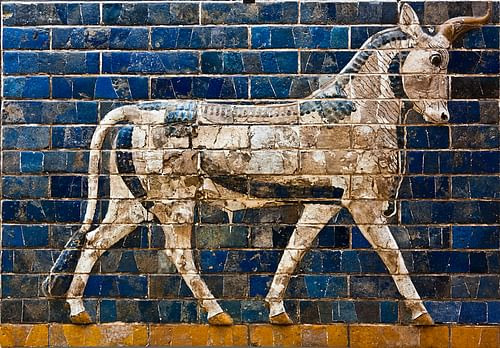
There's also an dedication inscription by King Nebuchadnezzar II to explain the construction of the gateway. It reads something along the lines of;
"Nebuchadnezzar, King of Babylon, the faithful prince appointed by the will of Marduk, the highest of princely princes, beloved of Nabu, of prudent counsel, who has learned to embrace wisdom, who fathomed their divine being and reveres their majesty, the untiring governor, who always takes to heart the care of the cult of Esagila and Ezida and is constantly concerned with the well-being of Babylon and Borsippa, the wise, the humble, the caretaker of Esagila and Ezida, the firstborn son of Nabopolassar, the King of Babylon
Both gate entrances of Imgur-Ellil and Nemetti-Ellil —following the filling of the street from Babylon—had become increasingly lower. Therefore, I pulled down these gates and laid their foundations at the water-table with asphalt and bricks and had them made of bricks with blue stone on which wonderful bulls and dragons were depicted. I covered their roofs by laying majestic cedars length-wise over them. I hung doors of cedar adorned with bronze at all the gate openings. I placed wild bulls and ferocious dragons in the gateways and thus adorned them with luxurious splendor so that people might gaze on them in wonder
I let the temple of Esiskursiskur, the highest festival house of Marduk, the lord of the gods, a place of joy and jubilation for the major and minor deities, be built firm like a mountain in the precinct of Babylon of asphalt and fired bricks."


It's now located in the Pergamon Museum in Berlin, Germany despite Iraq's efforts and petitions for its return home. Like many museums, the Pergamon claims that Iraq is not capable of taking proper care of the Gate (despite it being damaged by bombs in Germany during WWII). In 2004, a smaller replica was constructed in Hillah, Iraq


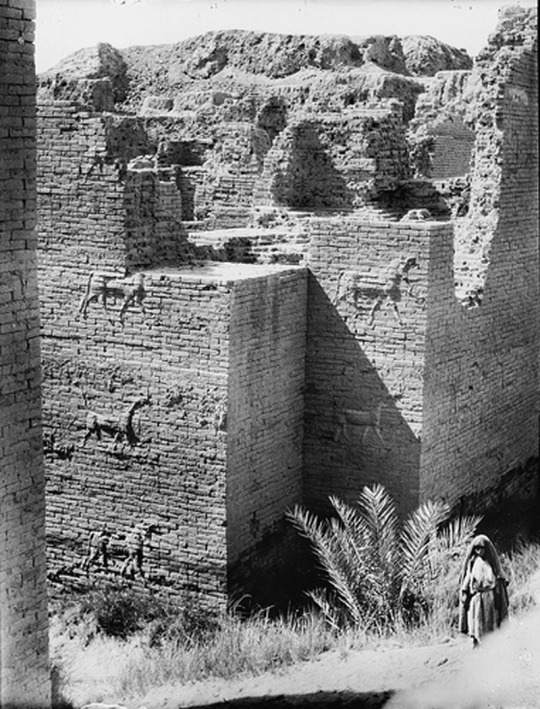
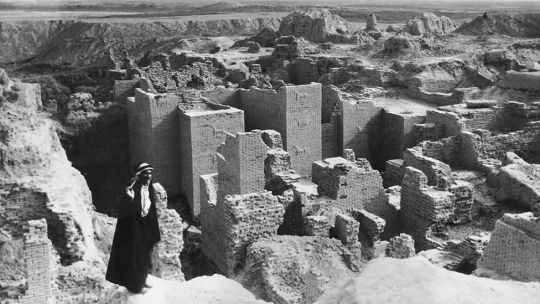
#thinking ab her so hard today#would KILL to visit it#Ishtar#ishtar gate#mesopotamian#near eastern religion
17 notes
·
View notes